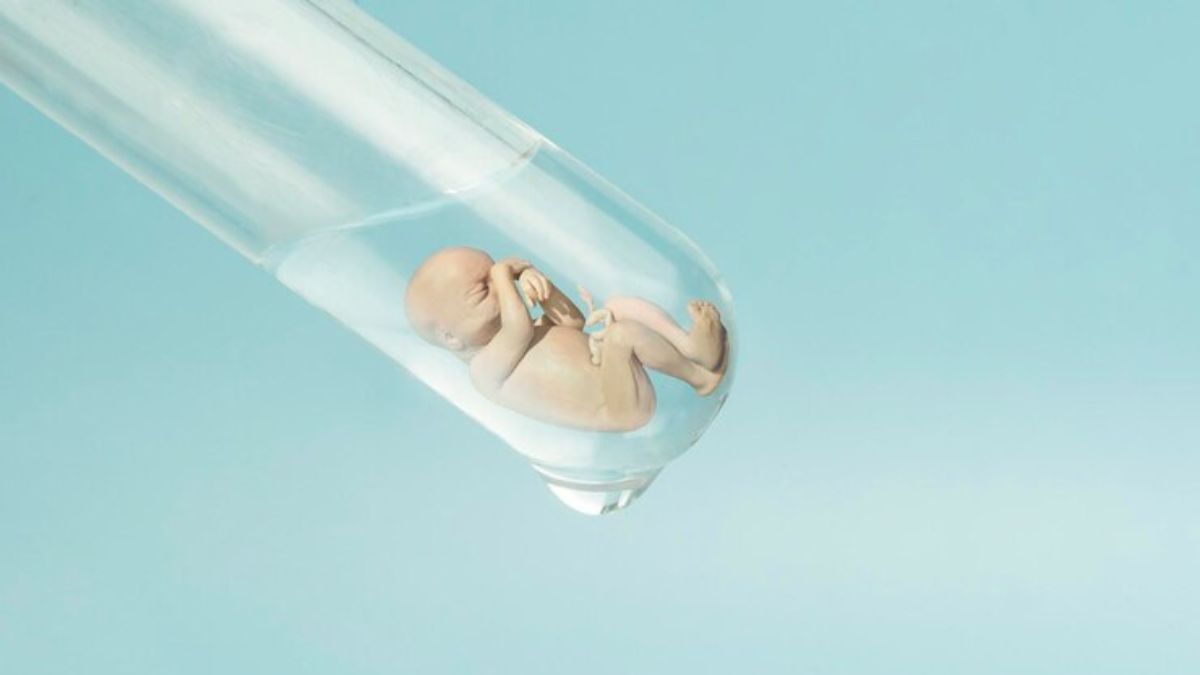
Recent advancements in reproductive health research are opening up new possibilities for improving the success of fertility treatments, particularly in in-vitro fertilisation (IVF). One such breakthrough is the discovery of a potential ‘pause button’ for human embryos, which could revolutionise the way we approach IVF procedures. By modifying certain biological processes, scientists have found a way to temporarily pause the implantation of embryos, giving more time for evaluation and synchronisation with the mother’s body.
This discovery holds significant promise in increasing chances of IVF success by improving embryo health assessments and increasing the chances of successful implantation. For more information about embryonic diapause, we reached out to Dr. Rakhi Goyal, Infertility Specialist, Birla Fertility and IVF Chandigarh who helped us understand all the aspects.
Table of Content:-
What is the ‘pause button’ for embryo development?
Diapause, commonly referred to as the ‘pause button’ for embryo development, is a mechanism to temporarily pause embryo development during unfavourable conditions. This self-protective mechanism allows some species of animals, including mammals, to arrest or delay the development of embryos. It typically occurs during the blastocyst stage when a fertilized egg has divided into a ball of cells and is about to attach to the uterine wall. This results in an extension of window of opportunity for pregnancy, as the embryo continues to float freely until the conditions are right, increasing the survival rate of the embryo.
The same technique is being tested in humans to understand if it is possible to artificially induce a diapause-like state in the human stem cells & embryos. Initial findings have revealed that manipulating a particular molecular cascade in the stem cell models (the mTOR signalling pathway) generates a dormant state strikingly similar to diapause. However, further research in this area is underway to gain deeper insights into potential advancements. Unlocking the hidden potential of the cells could have profound implications for reproductive health treatments, including IVF.
Also Read: 4 Heartwarming Stories of Couples Who Became Parents Through IVF

How could a pause in embryo development affect the timing of implantation and pregnancy outcomes?
Pausing embryo development at the blastocyst stage, when the conditions are not favourable, can provide valuable extended time to pregnancy by weeks. The procedure can slow down the embryo development, preventing its attachment to the uterus lining until the mother’s hormonal cycle and the uterus lining are optimally synchronized for better implantation and pregnancy continuation. Diapause in humans could be groundbreaking in the case of assisted reproductive technology. It can help to increase the survival rate of embryos and mitigate the risk of birth abnormalities in babies born through IVF.
How could a pause in development be beneficial in addressing genetic or health concerns in embryos?
Delaying the implantation of the embryo to the uterus lining would provide more time for genetic screening of the blastocyst during IVF, which is a complex process. Thus diapause can help to reduce the risk of abnormalities, enhance survival rates, and provide time for medical interventions, thereby improving pregnancy outcomes for both the mother and babies at an early stage. Conversely, we may stimulate these pathways to increase the growth of cells and increase chances of blastocyst formation.
Also Read: Starting Your IVF Journey? Expert Shares How To Choose An IVF Centre
What are the risks associated with pausing embryo development, both for the embryo and the potential mother?
Although the phenomenon of diapause occurs naturally in animals and has been known for more than a hundred years, in humans it is still in the research phase. Moreover, the research is being done with blastoids or embryo-like structures derived from embryonic stem cells. This pause in development is also being studied in the context of reversing cellular ageing and eliminating residual persistent cancer cells after radiotherapy, chemotherapy, and other treatments.
Final Word
There is still a long way to go before it will come into clinical use. Hence, it is difficult to predict the negative outcome of this technique in humans, as extensive research and clinical trials are necessary to understand the potential risks.
Also watch this video
How we keep this article up to date:
We work with experts and keep a close eye on the latest in health and wellness. Whenever there is a new research or helpful information, we update our articles with accurate and useful advice.
Current Version